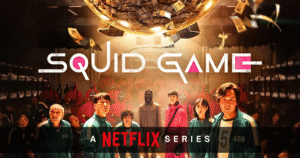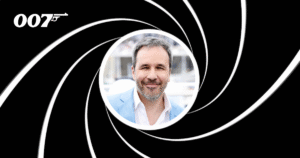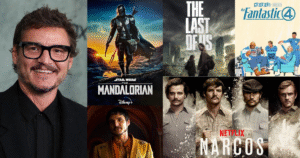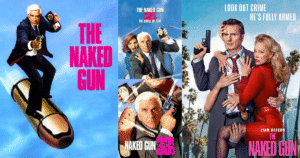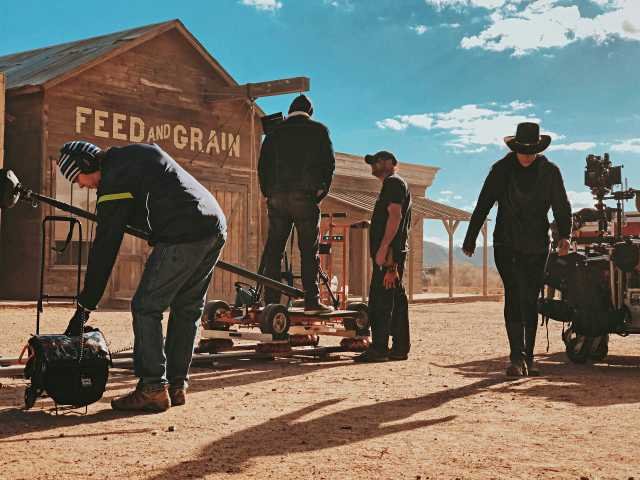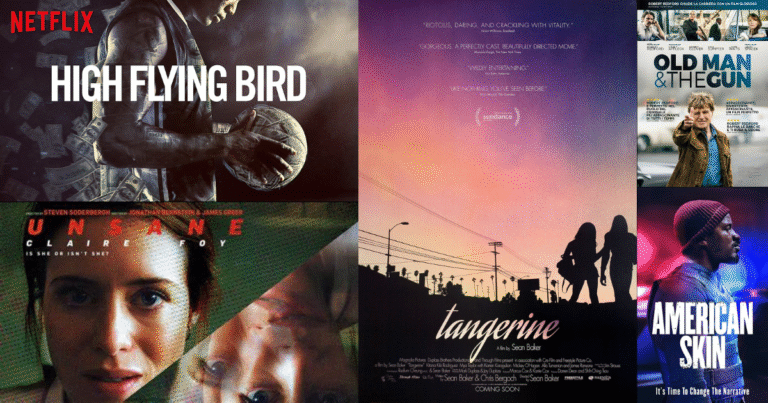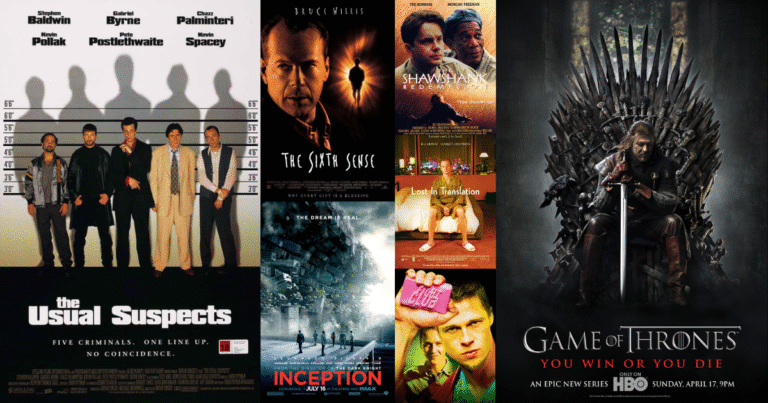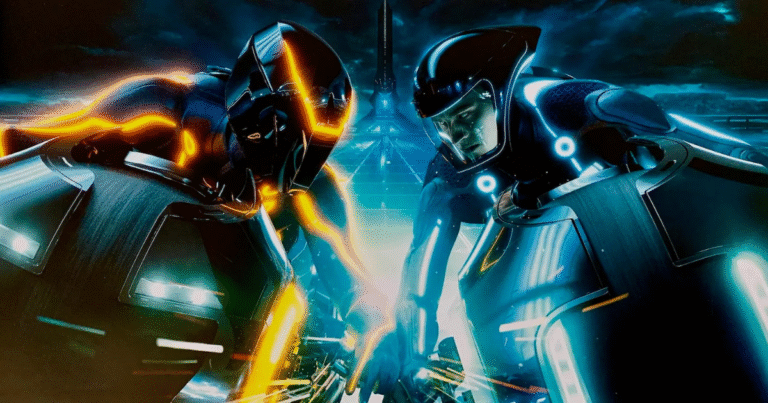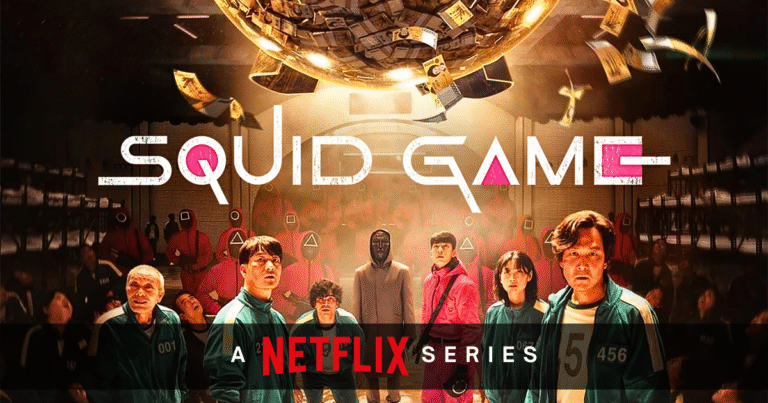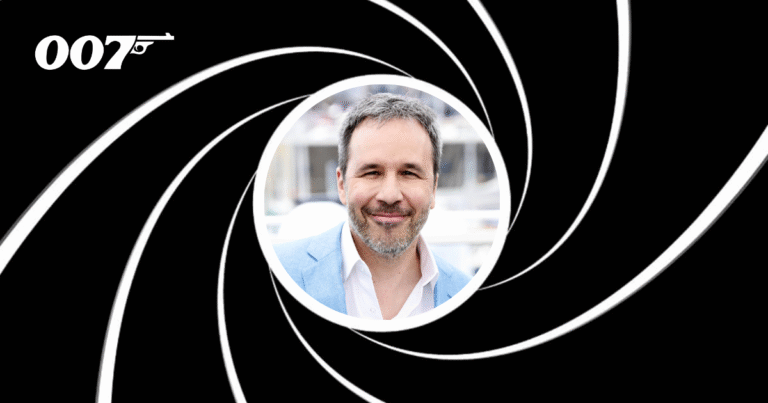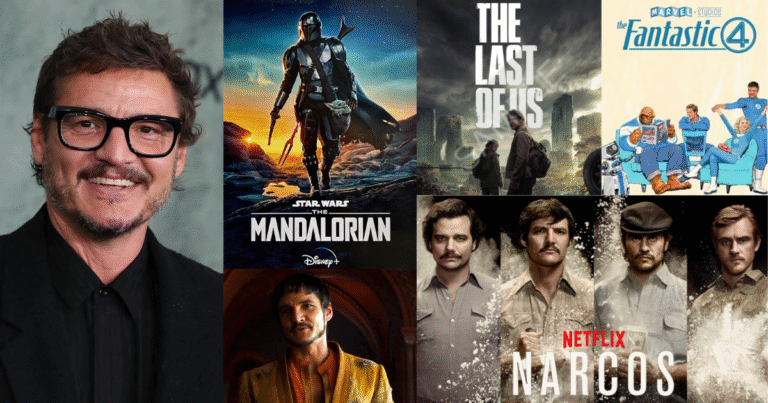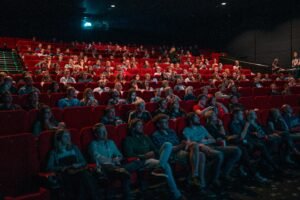Have you ever watched a movie and felt amazed by how beautiful it looked? Maybe it was the way the sunlight hit a character’s face, or how a city looked at night. That’s the magic of cinematography. In simple words, cinematography is how a film is shot. It includes everything we see on screen—camera angles, lighting, color, framing, movement, and mood.
Cinematography is one of the most important parts of making a movie. It helps tell the story without words. A great script and strong acting are important, but it’s the cinematography that brings the scenes to life. It shows us what to feel, where to look, and sometimes even what to think.
The person in charge of cinematography is called the cinematographer or the director of photography (often known as the DP). They work closely with the film’s director to plan how each scene should look. They choose the cameras, lenses, lights, and even the time of day to shoot. Their goal is to support the story through visuals.
Let’s look at a few key parts of cinematography in simple terms.
1. Camera Angles and Movement
The way a camera is placed can completely change the feeling of a scene. A high-angle shot can make a character look small or weak. A low-angle shot can make someone look powerful. A close-up can show deep emotion on a character’s face, while a wide shot can show the world around them. Movement also plays a big role. A slow push-in can build tension. A fast handheld camera can make things feel chaotic, like in action scenes.
Think about movies like The Dark Knight or 1917. In The Dark Knight, the camera often follows the Joker in close, shaky shots, adding to his unpredictable energy. In 1917, the camera moves almost without cutting, making us feel like we are right there with the soldiers during the war. That’s smart cinematography at work.
2. Lighting
Lighting is another big part of cinematography. It sets the mood of the film. Bright and soft lighting can create a happy, warm feeling. Low lighting with shadows can make things feel scary or serious. Cinematographers use light like a painter uses color. They can light only one side of a character’s face to show conflict or use colored lights to give a scene a dreamlike quality.
One great example is Blade Runner 2049. The lighting in that movie is full of bold colors—orange, blue, green. Each color tells us something about the world and the characters. It’s not just about making things look nice. It’s about making them feel right for the story.
3. Framing and Composition
Framing is how people and objects are placed in the shot. Good composition guides your eyes to the right place. It helps the audience focus on what matters. For example, if a character is placed in the center of the frame, it shows they are important. If they are pushed to one side, it can show they are isolated or unsure.
In The Grand Budapest Hotel, the director Wes Anderson is known for his perfect symmetry. Everything is balanced and neat. It gives the film a fun, organized look. That kind of style wouldn’t work for a war movie, but it fits a comedy like this one. Cinematography is all about choosing what works best for the story being told.
4. Color and Tone
The colors used in a movie also have a big impact. A romantic movie might use warm, soft colors like pinks and golds. A horror film might be full of gray, green, or deep black tones. These color choices affect how we feel while watching.
The Matrix used a green tint for scenes inside the Matrix, giving it a cold, digital feel. In contrast, the real world was shown in dull, gray colors. That made the difference between the two worlds very clear. That’s a clever use of cinematography to show what’s happening in the story.
5. Natural vs Stylized Look
Some movies try to look real and natural. They use sunlight, handheld cameras, and minimal effects. This helps the audience feel like they are watching real life. On the other hand, some films are stylized. Every frame is carefully planned to look artistic or unique.
For example, Nomadland used natural light and real locations to tell the story of a woman living in a van. This made the film feel raw and honest. Meanwhile, a movie like Inception uses stylized visuals to take us into dreams and other realities. Both approaches work, depending on the story.
6. Teamwork with the Director
Cinematographers don’t work alone. They are part of a team that includes the director, production designer, camera crew, and lighting experts. The director might say, “I want this scene to feel tense,” and the cinematographer finds a way to do that using light, camera movement, and framing.
This teamwork is what makes great movies possible. A director might have a vision, but it’s the cinematographer who brings that vision to the screen.
Why It Matters
Cinematography is not just about making movies look pretty. It helps the audience understand the story without needing to explain everything. A well-lit face can show fear. A wide shot can show how lonely a character feels. A slow zoom can build suspense better than dialogue.
When you watch a movie and feel something without knowing why, it’s often because of good cinematography. It speaks to your emotions in a quiet but powerful way.
Some Famous Cinematographers
If you’re interested in movies, here are a few cinematographers whose work you should check out:
- Roger Deakins (Skyfall, 1917, No Country for Old Men)
- Emmanuel Lubezki (The Revenant, Gravity, Birdman)
- Greig Fraser (Dune, The Batman)
- Janusz Kamiński (Schindler’s List, Saving Private Ryan)
Their work shows just how much thought and care goes into every shot. Watching their films is a great way to learn more about the visual side of storytelling.
Final Thoughts
Cinematography is the heart of visual storytelling in movies. It’s what makes a movie feel alive. Whether it’s a big-budget action film or a quiet drama, the way it’s shot can change everything. So next time you watch a movie, pay attention to the visuals. Notice how the light falls, how the camera moves, and where your eyes are drawn. It might make you enjoy the movie even more.
